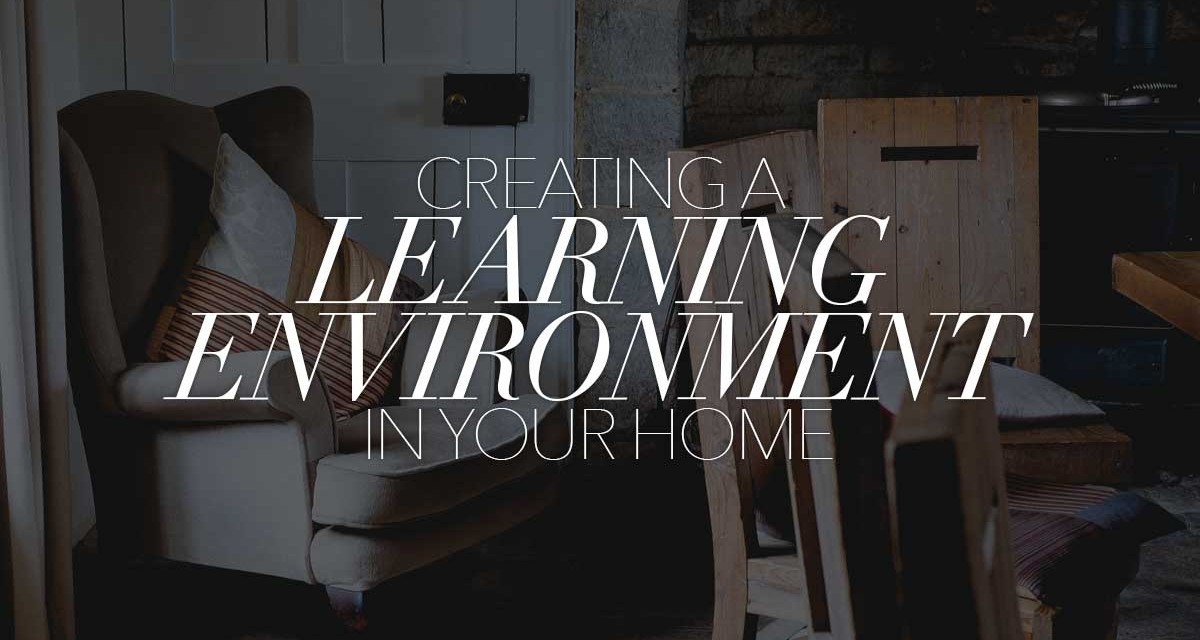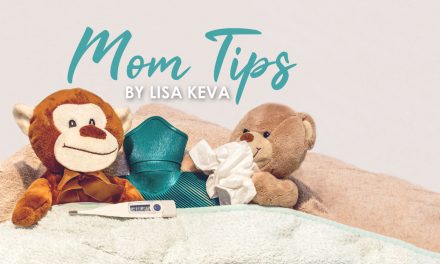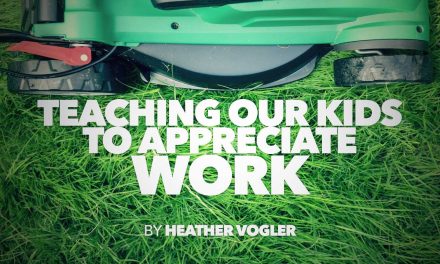Creating a space for learning is a bit like decorating your kids’ rooms when they are little; there are things you have to have and others you just want in there. You choose a theme and colors and have fun shopping along those lines, and then the child grows out of all that cute. Toys seem to take over and they come up with a favorite color that seems to be everywhere. With a little thought and design inspiration, you can create a space that grows with your child and fits in with the rest of your house.
Whether it is your dining room, an all-purpose kitchen table or a whole “school room,” there are some basic elements that are really useful in creating a learning environment. They may seem obvious, but give it some thought. These items are the bed and dresser of your child’s room.
- A whiteboard serves multiple purposes for teacher and student. You can demonstrate a lesson then hand the marker over to the kids to work things out. They can even be used for games like math races and hangman with new spelling words.
- A table is pretty important too. Kids like to read sitting in a beanbag on the floor, but a writing surface and space for laying out a timeline or project is needed.
- Shelves allow kids – and you – to get materials as you need them. Decorate some shoeboxes and coffee cans for math counters and markers!
- Good lighting! Natural or fluorescent, make your space bright and cheery, not dark and dreary!
Now for the fun stuff. Just like choosing a color scheme for your child’s room or a theme. Should the walls be white or colored? There is a fine line between stimulating and distracting. Do I need to make it look like a school classroom? What sort of art work to choose? Never fear, your designer is here! These ideas are the desk and toybox items, things that change and grow with your student.
- Instructional material: U.S. and world maps, spelling and vocabulary word lists, timelines and Bible verses all fit into this group.
- Inspirational material: from the color of the walls to the posters that say, “Just keep learning!” this is the fun stuff that your kids like to look at. If your child loves orange, paint this wall orange! If they like it more quiet, leave it neutral.
- Student work: I like the idea of a gallery for this one. You can do it in interesting ways, but limit each child to a number of items on display, say 3 or 5. Use clothespins or large paperclips on yarn strung between 2 nails to create a clothesline look. Another idea is to use big, old picture frames from a thrift store or yard sale and paint them in fun colors. Simply tape the child’s art to the wall inside the frame and let them change it as much as they want. You could paint each child a square or rectangle of their favorite color on one wall and let them put whatever they want on their block.
You decorate the floor of a child’s room, so don’t forget it in your learning space. Even the floor can be conducive to your child’s learning. I have seen rugs that have a map of the U.S. on them. Think of the games you can play with that! Even a rug with blocks of color can be used for organizing items by group like sorting building blocks. Use one of those little road map rugs when teaching kids directions in a foreign language! If you have a hard surface floor, use painter’s tape to make a graph or imaginary islands! Tape off a game of hopscotch or mark distances kids can jump. Catapult marshmallows and measure the landings!
Every surface can be used in a creative and inexpensive way. Make it permanent or changeable. I’m not saying that this designer never eats on the sofa or changes clothes in the laundry room, but a designated space for your kids to learn is a way of setting the mood for future learning habits.






